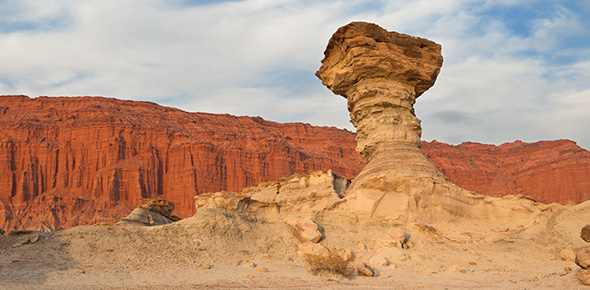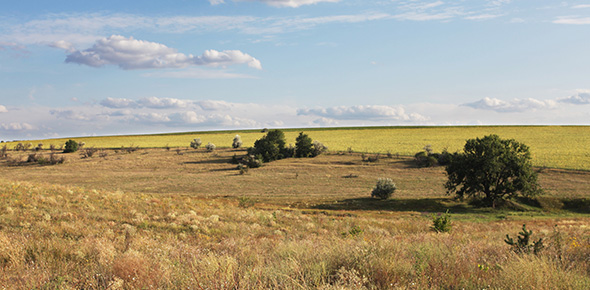Related Flashcards
Related Topics
Cards In This Set
| Front | Back |
|
The first inhabitants of the Americas reached the New World by
a- giant outrigger canoes from the western coast of Africa b- swift sailing vessels crossing from northern Europe to Iceland to New England c- migrating from Asia across the then-existing Alaska-Siberia land bridge d- migrating in outrigger canoes from Polynesia to the Isthmus of Panama and Central America |
C- migrating from Asia across the then-existing Alaska-Siberia land bridge
|
|
Which one of these Indian cultures is NOT correctly matched to their geographical area in which it flourished?
a- Pueblo- Arizona and New Mexico b- Woodlands- the Pacific Northwest and California c- Hopewell- the Midwest d- Hohokam- Arizona |
B- Woodlands- the Pacific Northwest and California
|
|
Which Norse explorer arrived in Canada around 1000 A.D?
|
Leif Eriksson
|
|
By the 17th Century, Spain had:
a- monopolized New World trade b- reached the height of its power and begun to decline c- failed in its effort to build a New World empire d- swept across northern Africa and seized control of the slave trade e- pioneered new routes to the East Indies |
B- reached the height of its power and begun to decline.
England had caught up to Spain in naval power, and Spanish power in the Americas had already reached its highest point. |
|
Which of the following was not a religious dissenter in Massachusetts Bay?
a- William Bradford b- Roger Williams c-John Davenport D- Anne Hutchinson e- Thomas Hooker |
A- William Bradford
Bradford was the governor of Massachusetts Bay, and all others left for religious reasons and founded colonies somewhere else. |
|
A colony designated as a refuge for English Catholics was
a- North Carolina b- Pennsylvania c- South Carolina d- Maryland e- Virginia |
D- Maryland
Set up by George Calvert in 1632. |
|
English people came to the New World because of
a- their dislike for the Church of England b- Overcrowding in English cities c- Economic opportunity d- A and C e- All of the above |
E- All of the above
|
|
The very first Americans
a- lived in South America b- were nomadic wanderers c- lived in permanent sites d-were subsistance farmers e- predated Spain's arrival in the New World by only 2 centuries |
B- were nomadic wanderers.
Early native american tribes didn't truly settle down until after the Ice Age |
|
All of the following helped shape Native Americans' social and cultural development before 1500 EXCEPT
a- geographical isolation b- great climatic and geographical variations across America c- contact with Asian and African cultures, from which they adopted many practices d- long term changes or cycles in weather, such as warming trends and extended droughts. |
C- contact with Asian and African cultures, from which they adopted many practices.
The whole point is that they were isolated... |
|
At the time of Columbus's first voyage to the New World, about how many native Americans lived on the continent north of present-day Mexico?
a- 7 million to 10 million b- 75 million c- 50,000 to 100,000 d- 1 million to 2 million |
A- 7 million to 10 million
|
|
All of these were characteristics of Native American culture before contact with the Eastern Hemisphere EXCEPT
a- strong kinship or extended family ties b- the belief that all nature was infused with spiritual power c- The belief that property ownership gave the owner perpetual and exclusive control over land. d- strong oral traditions but no written languages. |
C- the belief that property ownership gave the owner perpetual and exclusive control over the land.
Definitely a European belief. |
|
Among North American indians women alone did the farming except for in tribes in the
a- northeast b- Great Basin c- Southwest d- Mississippi Valley |
A- northeast
Think Iroquois |
|
What area was the crossroads for most trade between African, Asian, and European peoples?
|
The Mediterranean Sea.
|
|
The Renaissance was.....?
|
Age of possible return to Greek/Roman ideals, and artistic creativity
|
|
What were the results of the massive population increase in England?
|
The population increased but the food resources stayed the same, resulting in starvation. The Little Ice Age didn't really help either.
|







